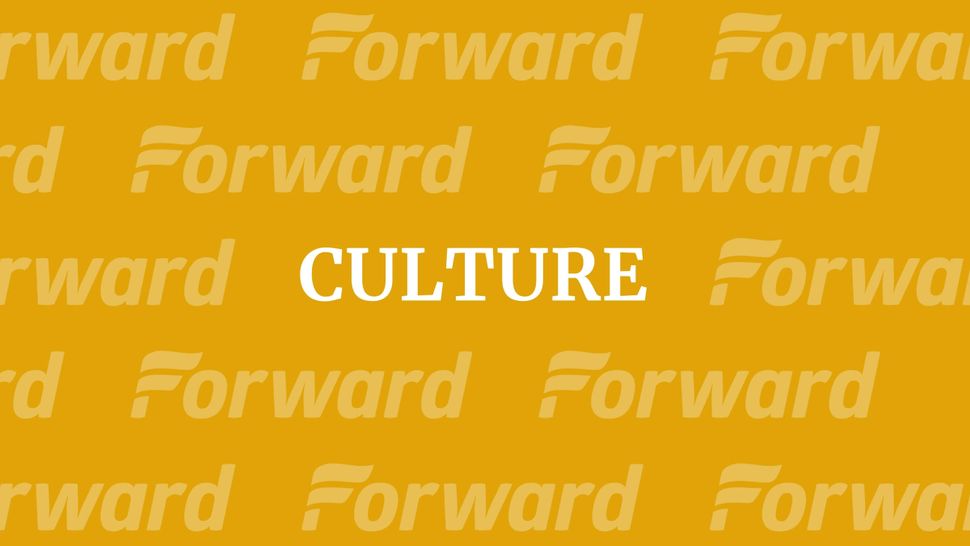Misreading Claude Lévi-Strauss the Man

After the well-deserved hosannas of praise for the centenary, and subsequent dignified mourning for the demise, of the great French Jewish anthropologist Claude Lévi-Strauss, a backlash seemed inevitable. On October 7, “Claude Lévi-Strauss: The Poet in the Laboratory,” by Patrick Wilcken, presented as the “definitive account of the life, work, and legacy,” was published by The Penguin Press.
Wilcken trained as an anthropologist in the UK, and currently works defending indigenous populations in Brazil for Amnesty International, although he has also published on Israeli politics. Despite this wide range of authorial interests, “Claude Lévi-Strauss: The Poet in the Laboratory,” is gallingly clueless about Lévi-Strauss the man.
Wilcken complains of “vividness without depth” in Lévi-Strauss, whose “anonymous Semitic features (he came from a Jewish family, originally from the Alsace) have been endlessly photographed in the same noncommittal pose.” The peculiar phrase “anonymous Semitic features” — imagine any anthropologist referring to “anonymous Asian features” — seem to imply that Wilcken thinks all Jews look alike. Examining photos of Lévi-Strauss, Wilcken compares them unfavorably to a portrait of Picasso by Irving Penn, wherein the painter gives his trademark bug-eyed stare, and faults Lévi-Strauss for not likewise giving a “glimpse of his inner being” in photos. Yet surely being a writer and intellectual is not the same as being a hammy photographer’s model.
Wilcken also inaptly describes some Lévi-Strauss TV and radio appearances as “avuncular,” which would be appropriate if all our uncles were as dazzlingly intelligent as Lévi-Strauss. First and foremost, Lévi-Strauss was a great prose writer — not a poet as the new book’s subtitle claims. Reading Lévi-Strauss is like reading Chateaubriand, a 19th century author who is merely a name to most anthropologists. Lévi-Strauss could be disarmingly witty, such as when he rejected theatre-going as “witnessing a domestic squabble which does not concern me.”
Yet he was never, as Wilcken peculiarly claims after watching a [1959 TV interview][1], a “businesslike operator” with a “hint of arrogance.” Could it be that Lévi-Strauss’s dapper three-piece suit worn for the broadcast irked his biographer?
Wilcken further misreads Lévi-Strauss’s attitude towards the Brazilians whom he photographed with tender affection and sensuality in the 1930s, calling Lévi-Strauss “hostile… awkward… embarrassed…detached.” “Claude Lévi-Strauss: The Poet in the Laboratory,” despite useful potted descriptions of the master’s books, has no idea about him as a person. After having met 97-year-old Lévi-Strauss twice in 2005, Wilcken accuses him of expressing “acid, but ironic, nihilism.” Perhaps the venerable thinker just did not like the company.
Watch Lévi-Strauss, with characteristic scintillating intelligence and charm, describe his time in Brazil as the “loveliest years of his life”:
A message from our Publisher & CEO Rachel Fishman Feddersen

I hope you appreciated this article. Before you go, I’d like to ask you to please support the Forward’s award-winning, nonprofit journalism so that we can be prepared for whatever news 2025 brings.
At a time when other newsrooms are closing or cutting back, the Forward has removed its paywall and invested additional resources to report on the ground from Israel and around the U.S. on the impact of the war, rising antisemitism and polarized discourse.
Readers like you make it all possible. Support our work by becoming a Forward Member and connect with our journalism and your community.
— Rachel Fishman Feddersen, Publisher and CEO
























